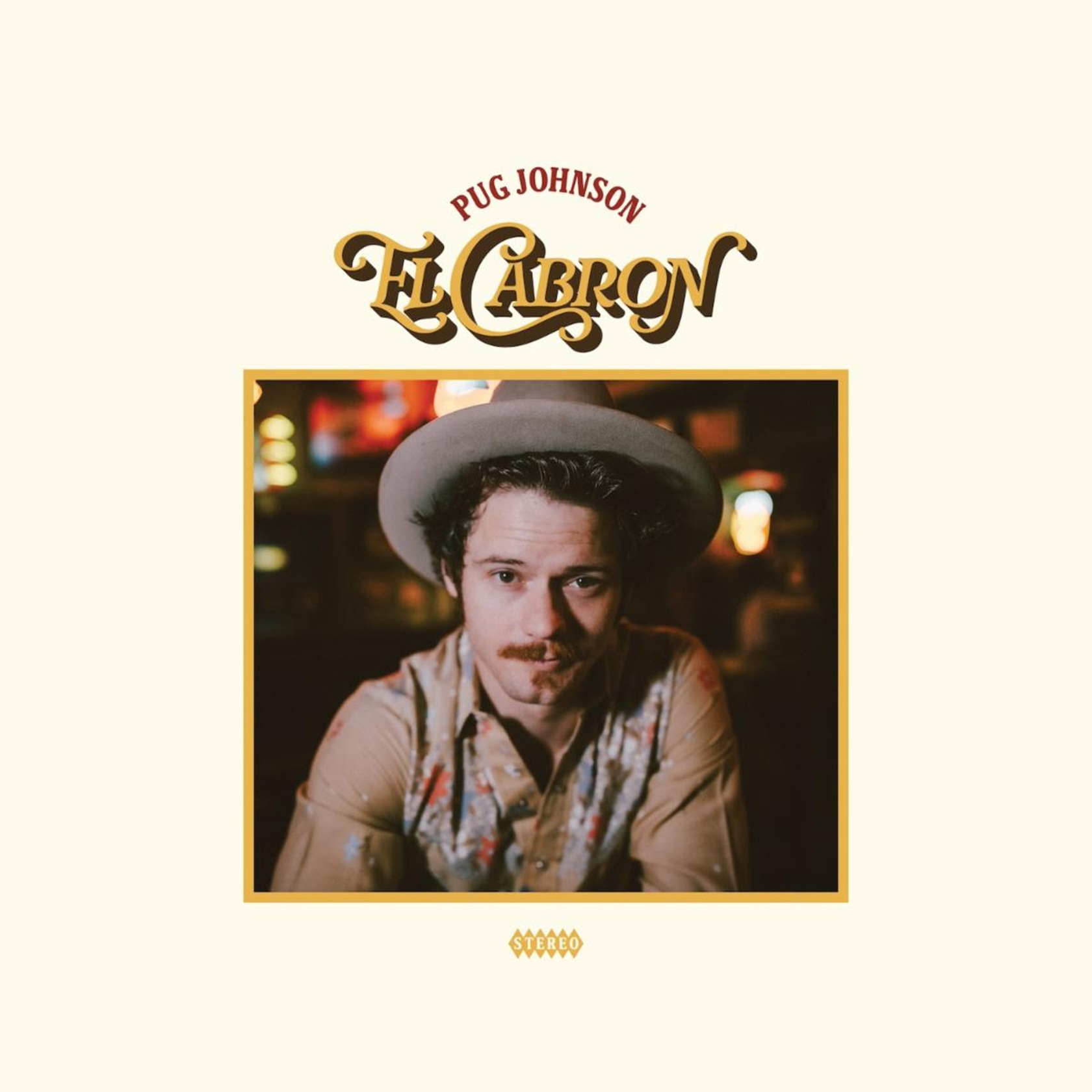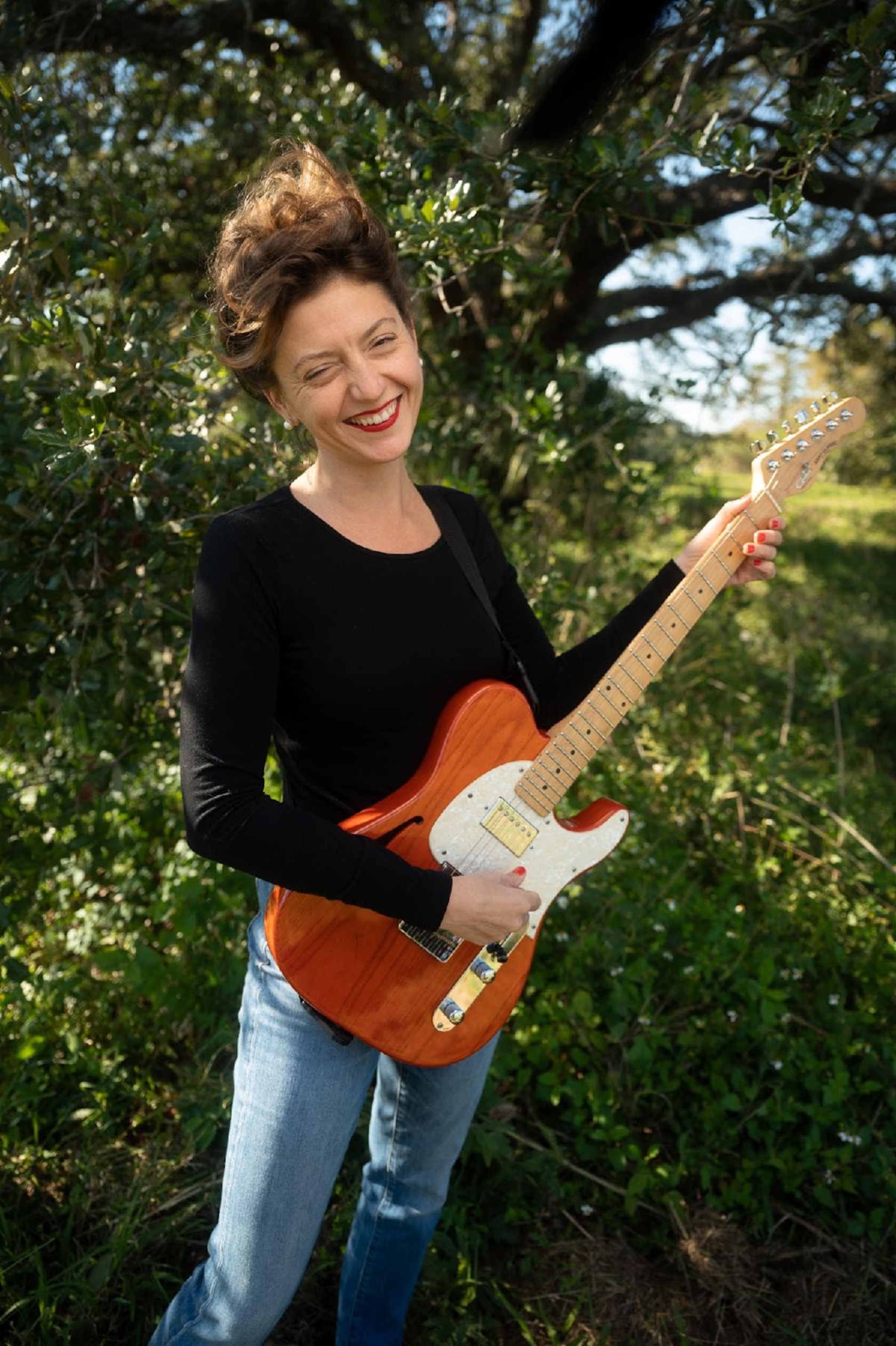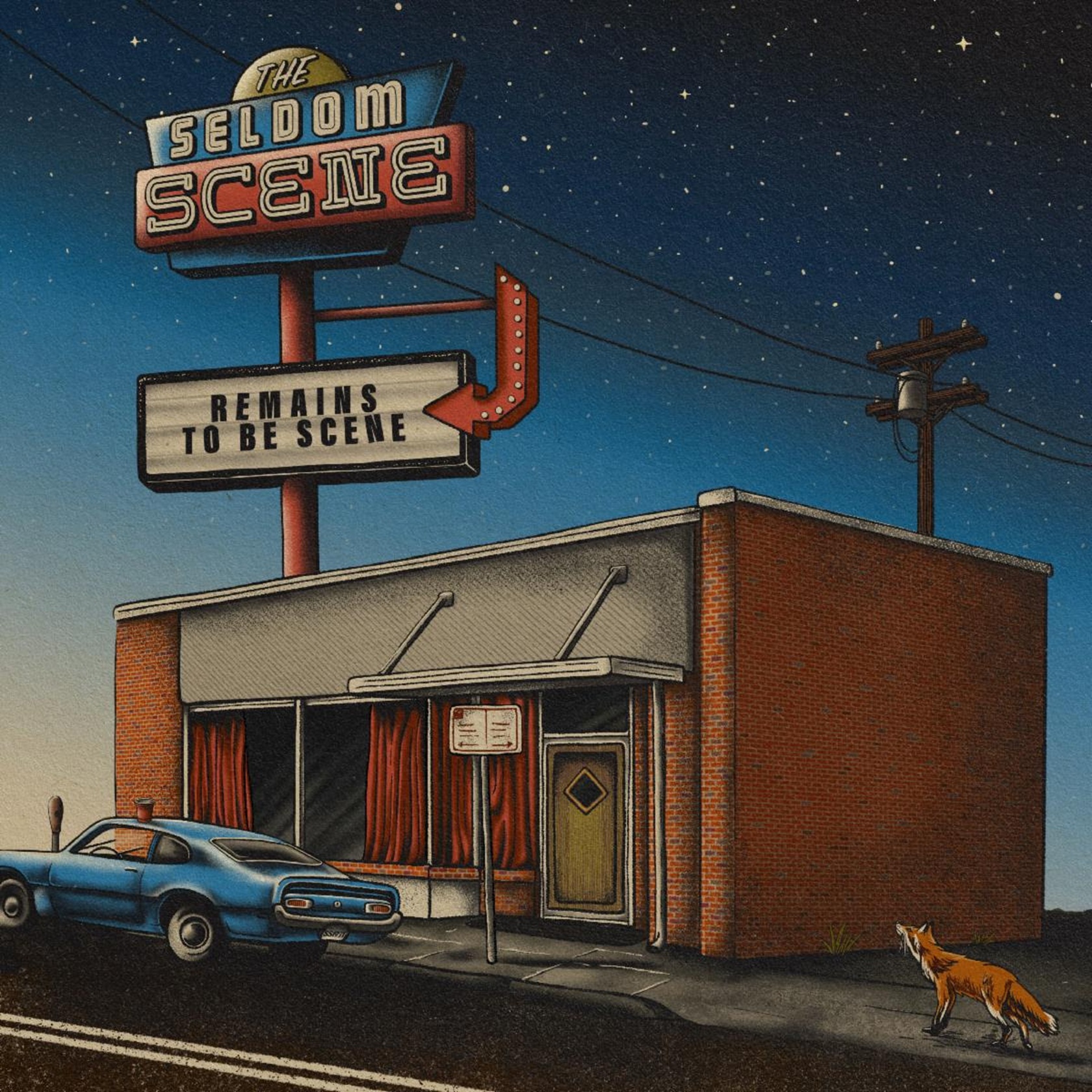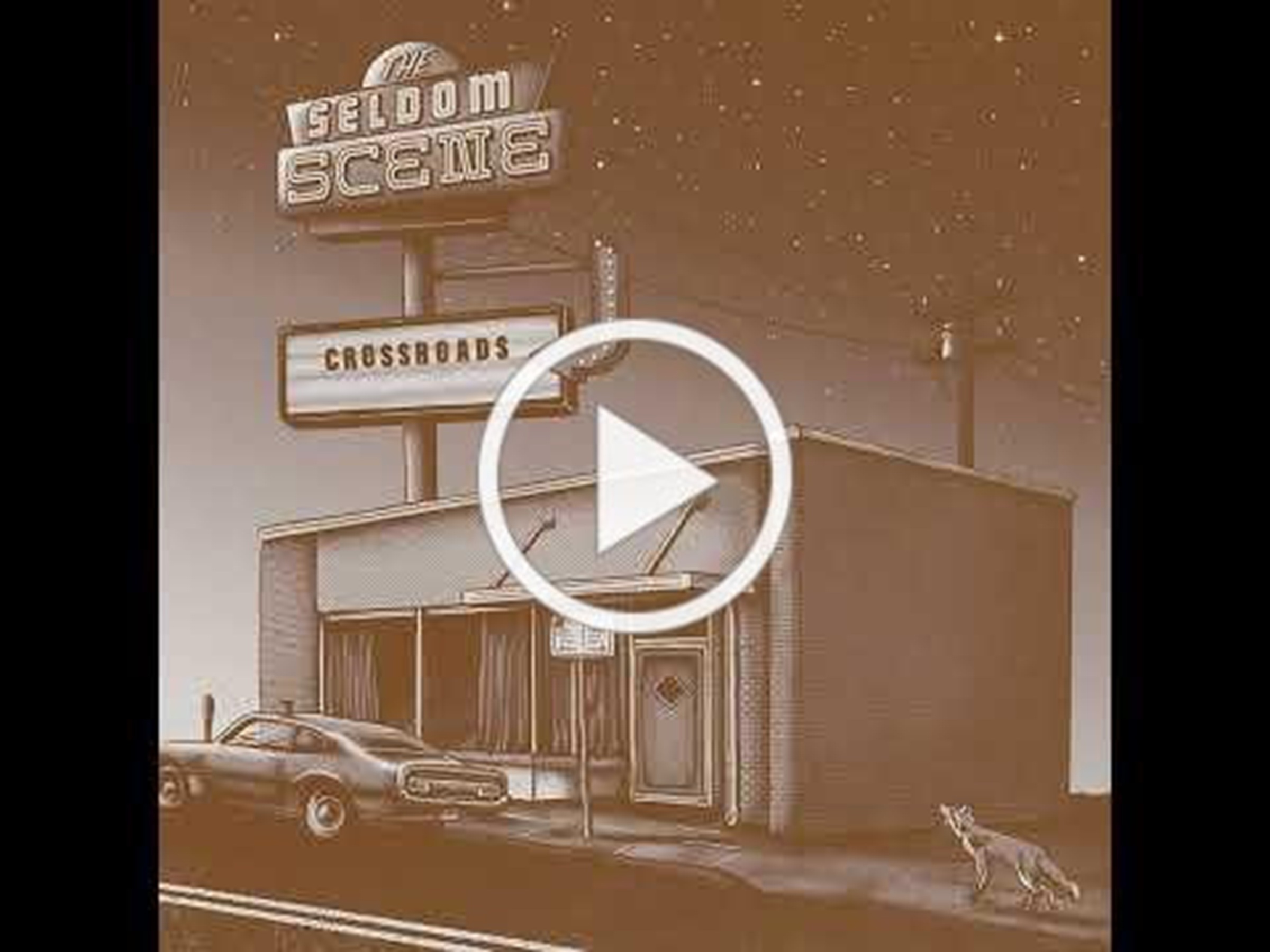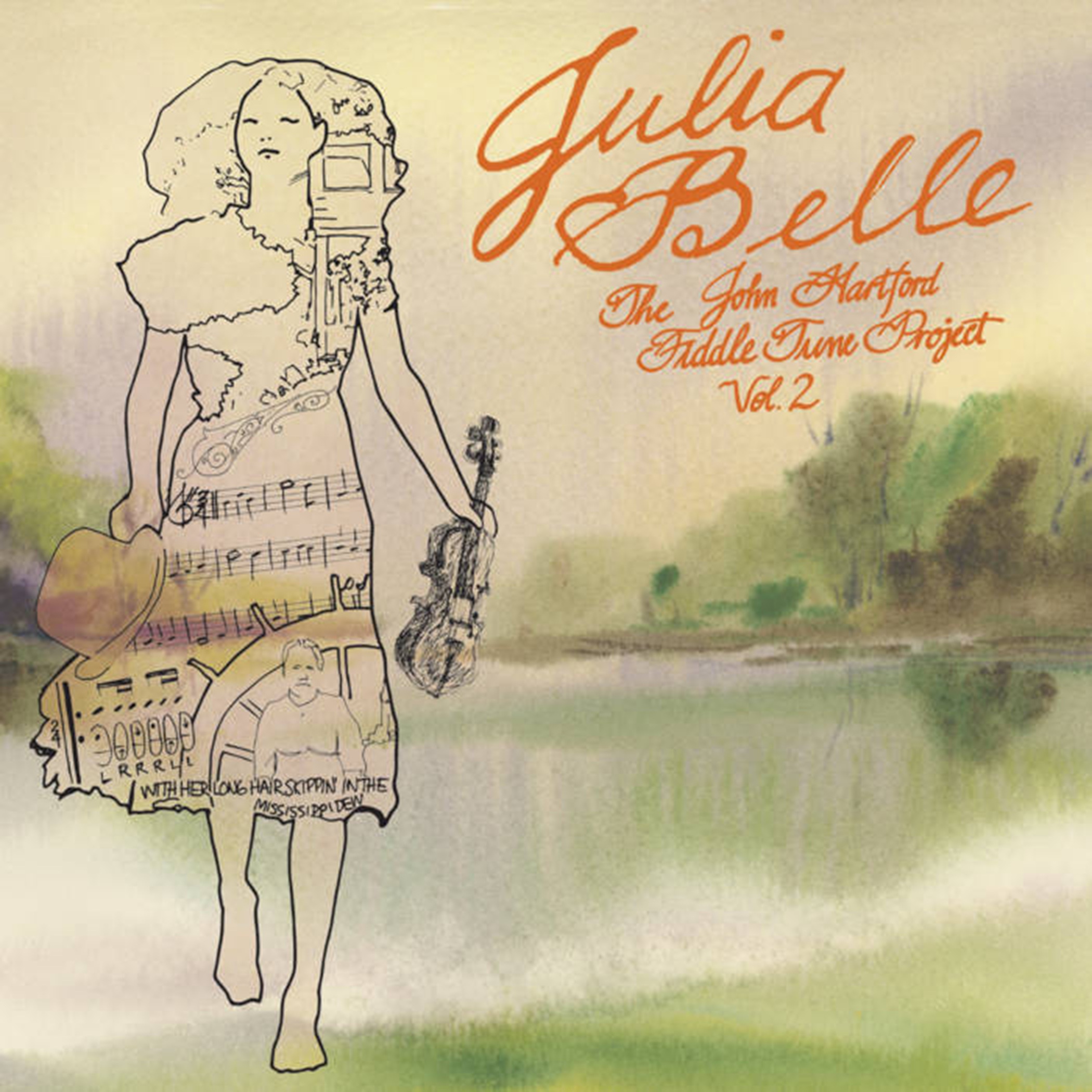Esther Rose’s homespun brand of country music has drawn comparisons to legends like Hank Williams, modern trailblazers like Rilo Kiley, and a host of other luminaries in between, but those who are doing the comparing always make note: she’s got her own thing going on. Rose’s innate ability to reflect on her own feelings, to not cast blame, and to keep a smile while doing so brings a spark to her music that sets it apart from her contemporaries and influences alike. On March 26th, Rose will release How Many Times, her third full-length album and second with Father/Daughter Records. Today, Wide Open Country highlighted Rose’s third single, “Good Time.” The idea for the song came at the tailend of a 15+ hour solo drive from Wisconsin to New Orleans. She was stopping off in Nashville for a GemsOnVHS shoot, arriving into Music City with her Subaru on the back of a tow truck thanks to mechanical issues—and because she’s a songwriter with a keen eye for the daily—the irony and symbolism was not lost. The chorus, part lament and part acceptance, has an anthemic quality—a shoulder shrug that almost feels hopeful when Rose sings it.
It’s a good time
Having a real good time
It’s a real good time for bad timing, amen
Previously, Forbes premiered “How Many Times,” noting, "When one hears Rose’s exuberant vocal flourish at the end of 'How Many Times,' it’s possible to forget that the word 'pain' appears in every preceding verse." Forbes continues, "Once her songs are released, they belong to the listener, just as much as they belong to Rose. It’s why the 'groovy' dancehall arrangements work. A listener can hear the song differently moment-to-moment: a call for either commiseration or communal dance."
The wide swath of support for Rose’s new album—everyone from Pitchfork to NPR Music to today’s Wide Open Country stamp of approval—futhers the point that Forbes made with the premiere of the album’s title track: these songs belong to the listener.
Fans can listen to the first three singles and pre-order or pre-save How Many Times right here.
To Rose, How Many Times, written over the course of two years—including three moves, the end of a relationship, and countless tour dates—is an album symbolizing an awakening. She says, “It’s not really just about feeling better, it’s about feeling it, whatever it is.” While some may look outward and lament over hard times and bad luck, Rose turns inward. Instead of blaming an ex for failing to juggle her reactions on “My Bad Mood,” she examines her own blind spots where she hopes to improve as a partner. When her car’s engine blew up during an impulsive “pitstop” in Nashville, she wrote “Good Time” not to rue misfortune, but to toast her own recklessness. After losing her nerve and fleeing a New Year’s Eve date by bicycle half an hour before midnight, she immediately penned “Are You Out There,” confronting her fear of letting go and moving on. “I don’t grapple with fate,” says Rose. “I accept my bad luck and my good luck equally.”
With the integrity of Dean Johnson, Faustina Masigat, and Kiki Cavazos serving as primary influences, Rose expands her alt-country sound into a blossoming world of folk pop, rustic americana, and tender harmonies. “They’re the holy trinity of songwriter magic,” she says, “and when I listen to them I feel like I can explore my own heartache.” Creative touches add detail throughout the album. Rose uses a 1962 Gibson ES-120T, her first semi-hollow body electric guitar, to play unplugged for a distinct tone. On “Mountaintop,” she includes a blustery voice memo recorded at the summit of Mount Philo, an homage to the field recording in a Bright Eyes song she holds dear. From “Coyote Creek” to “Without You,” Rose’s compelling voice is ferried masterfully by the musicians that join her: Matt Bell on lap steel, Max Bien Kahn on electric guitar, Dan Cutler on upright bass, Cameron Snyder on drums, and Lyle Werner on fiddle. A collection of complete takes recorded live to tape with rich instrumentation, soul-tugging hooks, and resonating vocal melodies, How Many Times carries you into the room in which it was made. There to help realize this was co-producer Ross Farbe of synthpop band Video Age, who Rose also credits for bringing a stereo pop glow to these new songs.
Overall, it’s Rose’s way of handling life that singles her out in a crowd of other singers and songwriters. Her positive attitude is uplifting while never seeming too earnest and her heavier moments never crash the party. Her trials of moving through and reflecting on both adversity and beauty are present across the record, and her voice delivers an honest and open window into her heart with graceful dexterity. While comparisons to the musical greats are flattering, Rose is on her own path, marching to not just the beat of a different drum, but to a big brass band in her very own parade.












